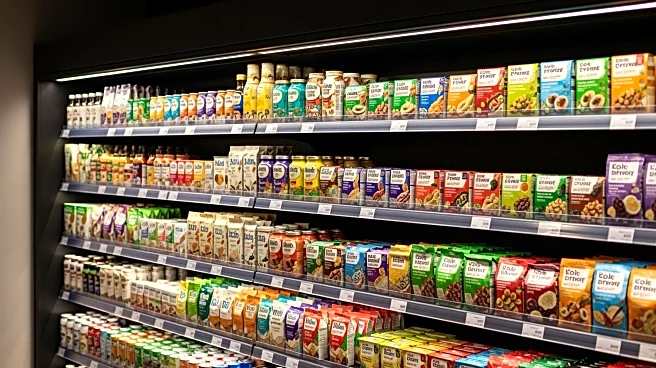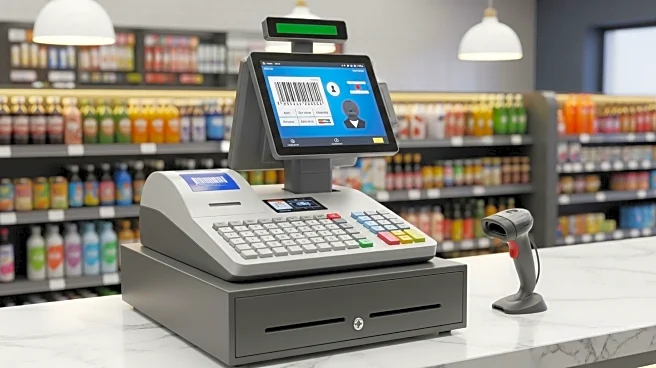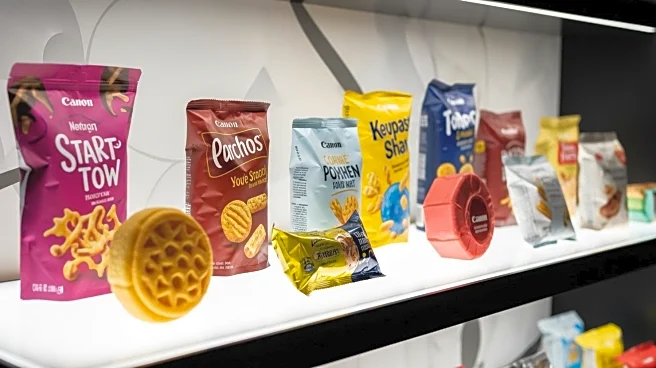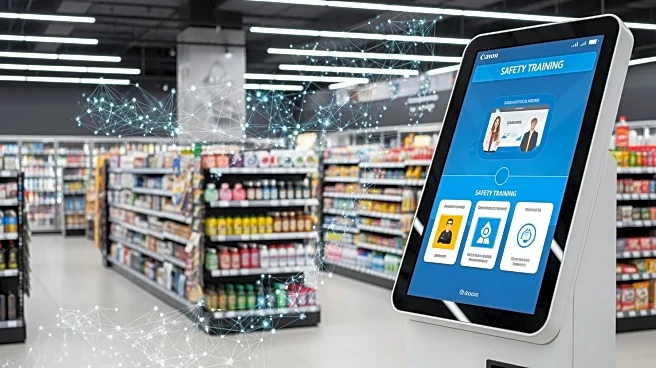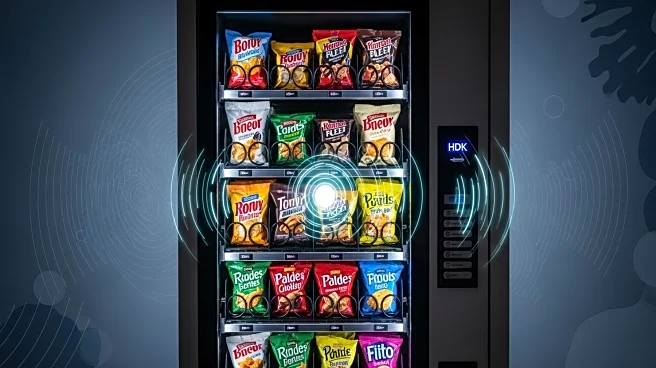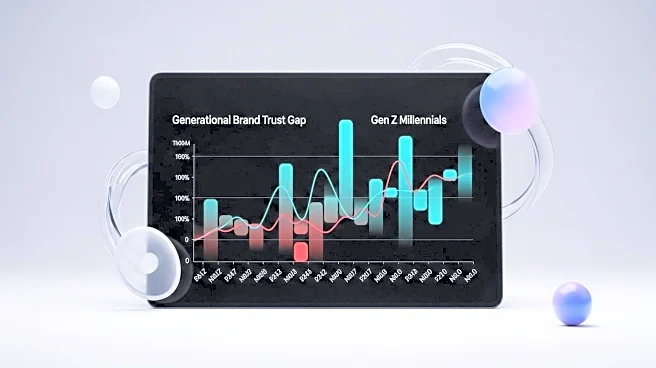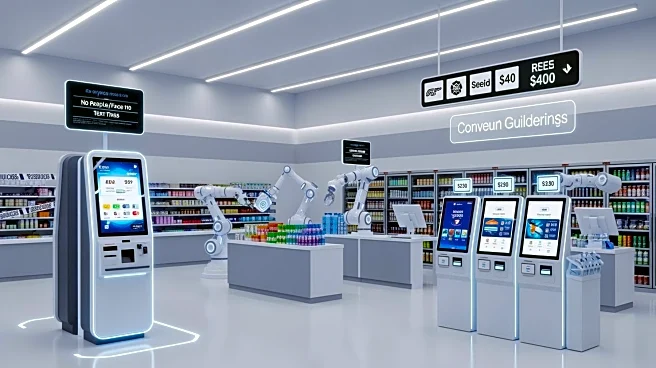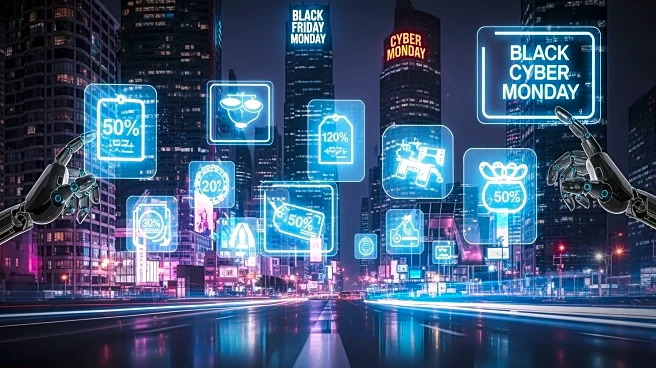What's Happening?
GLP-1 consumers are visiting convenience stores five times more frequently than non-users, according to Sally Lyons Wyatt, a global executive vice president at Circana. Speaking at the National Association
of Convenience Stores (NACS) Show in Chicago, Wyatt highlighted that GLP-1 users, who often seek portion-controlled products, find convenience stores appealing due to their offerings of single-serve and small-sharing-size items. The demographic of GLP-1 users tends to skew towards Gen Z, higher income individuals, and families with children. Despite the popularity of GLP-1 for weight loss, 64% of users discontinue the drug within six months, primarily due to cost and side effects. The convenience store sector remains relatively stable in spending, with positive shifts noted in club and ecommerce channels.
Why It's Important?
The increased patronage of convenience stores by GLP-1 consumers signifies a shift in retail dynamics, potentially benefiting the convenience store industry. As GLP-1 users prioritize portion control and dietary needs, convenience stores are well-positioned to cater to these preferences, potentially driving sales in specific product categories such as fresh fruit, bottled juices, and protein-rich snacks. However, the high cost and side effects of GLP-1 drugs may limit long-term consumer engagement, impacting overall sales trends. The trend also highlights the importance of adapting retail strategies to accommodate evolving consumer health and dietary preferences, which could influence product offerings and marketing approaches.
What's Next?
Convenience stores may continue to adapt their product offerings to better align with the dietary preferences of GLP-1 users, focusing on portion-controlled and health-conscious options. Retailers might also explore partnerships or promotions targeting this demographic to enhance customer loyalty and drive sales. As the use of GLP-1 drugs evolves, convenience stores could face challenges in maintaining engagement with these consumers, necessitating ongoing adjustments to product lines and marketing strategies. Additionally, the broader retail industry may observe shifts in consumer spending patterns, prompting other sectors to consider similar adaptations.
Beyond the Headlines
The trend of GLP-1 consumers frequenting convenience stores underscores broader societal shifts towards health-conscious living and the demand for convenient, portion-controlled food options. This could lead to long-term changes in how foodservice and retail industries approach product development and marketing, emphasizing health and convenience. Ethical considerations may arise regarding the accessibility and affordability of GLP-1 drugs, potentially influencing public policy and healthcare discussions. The trend also reflects cultural shifts in consumer behavior, with implications for how businesses engage with health-focused demographics.
